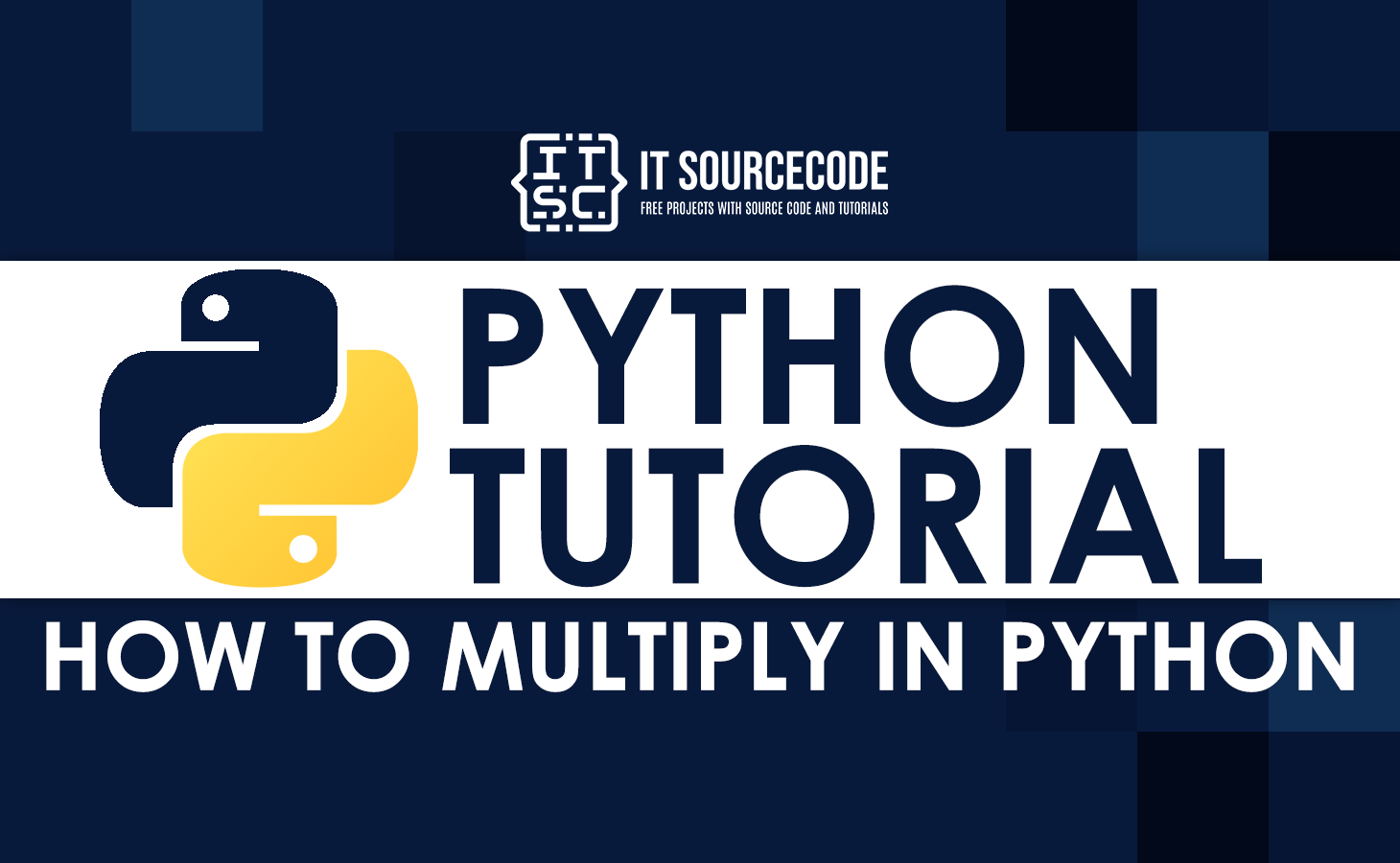Multiplying With Python
In order to multiply a number using Python, you will start with using the star or asterisk character – *.
An example of this would be:
Number = 20 * 3
Print('The product is:', number)After this code has been written once, i.e. how to multiply numbers using Python, you will then type “number” and the output comes out as “the product is 60”.
In simpler terms, the asterisk character is a multiplication character.
This is multiplication using Python at its most basic level, however, there is much more to it than this and Python offers a lot more.
Multiplying Float Numbers With Python
Using Python, you can actually multiply one or even both numbers by using the asterisk when it’s a float type – giving the product as a float number.
Let’s look at an example:
Number = 2.0 * 3.0
Print ('The product is: ', number)In this instance, the asterisk is a tool to multiply the float number. The output comes out as “the product is 6.0”.
While this is a little more advanced than basic multiplication using Python, it can go even further than this.
Let’s move on to multiplying complex numbers using Python next.
Multiplying Complex Numbers Using Python
To multiply complex numbers in Python, you have to use the complex() method which allows you to multiply two numbers – then the complex number has both imaginary and real parts to it.
In this instance, we have to multiply every term with the first number by each one in the second.
Here is an example of what we might come across.
Num1 = complex (2, 3)
Num2 = complex (4, 6)
Product = num1 * num2
Print ('The product of complex number is: ', product)Remember, we’re starting off by writing the code for the formula. Ones are printed with “product” and the output will come out as “the product of the complex number is” and then the answer.
This code example comes as an answer of (-10+24j). The () in this instance – the complex () – is the method used to multiply the complex number.
Whilst this can be very useful, there are still other ways you can multiply within Python for other equations.
It’s a good idea to now look at multiplying a string with an integer in Python.
Multiplying String With an Integer using Python
For this multiplication method, we have to use the def function along with parameters that will copy and replicate the string N amount of times.
Let’s view this example as a starting point.
def row(s, n):
return s * n
Print (row( ‘Hello all ‘, 5))Once again, we’ve started by coding the equation method – in this instance, how to multiply string with an integer, and we see the product output is the words “hello all” repeated 5 times.
You would see the output as hello all hello all hello all hello all hello all .
This is because this example has “N” as “5”. In simpler terms, as N is 5, the output is repeated 5 times.
This is one of the most useful tools with multiplication with Python – however, we’re still not at the end of Python multiplication, in terms of what it has to offer you.
Let’s now examine how you might multiply two numbers using this method within Python.
Multiplying Two Numbers In Python
To do this, we will once again be using the def method for multiplication.
However, it may take more parameters to do this and the result may be a value of the two numbers.
Let’s look at this example.
Def multiply (x,y):
Return x*y;
Num1= 15
Num2= 5
Print ("The product is: ", multiply (num1,num2))As always, we must start with writing the code for the function – but this time we are actually defining the multiplication function which gives us a value.
The output in this instance will return as “the product is: 75”.
Read also: Floor Function Python (Complete Guide With Examples)
How to Multiply In Python: Tips and Tricks
Mastering multiplication in Python involves more than just knowing the basic methods.
Here are some tips and tricks to enhance your skills:
1. Handling Large Numbers
Python has a built-in int type, which allows you to work with large integers. However, be cautious when dealing with extremely large numbers, as they can lead to performance issues. Consider using third-party libraries like gmpy2 or decimal for high-precision arithmetic.
2. Avoiding Floating-Point Errors
Floating-point numbers can introduce precision errors in calculations. To avoid such issues, you can use the decimal module, which provides decimal floating-point arithmetic with user-defined precision.
from decimal import Decimal
result = Decimal('0.1') + Decimal('0.1') + Decimal('0.1') - Decimal('0.3')
print(result) # Output: 0.03. Understanding Operator Precedence
Python follows operator precedence rules, similar to mathematics. It’s crucial to understand these rules to ensure the correct evaluation of expressions. Parentheses can be used to explicitly control the order of operations.
4. Exploring NumPy Broadcasting
NumPy broadcasting allows you to perform element-wise operations on arrays with different shapes. Understanding broadcasting can lead to more efficient and concise code when working with arrays.
5. Optimizing Performance with NumPy
When dealing with large datasets, using NumPy’s array operations can significantly improve performance. Try to leverage vectorized operations instead of traditional loops.
The Bottom Line
Multiplication using Python is pretty simple to learn and it can be used in a multitude of ways. We hope this guide has given you a good guide for the basics.

